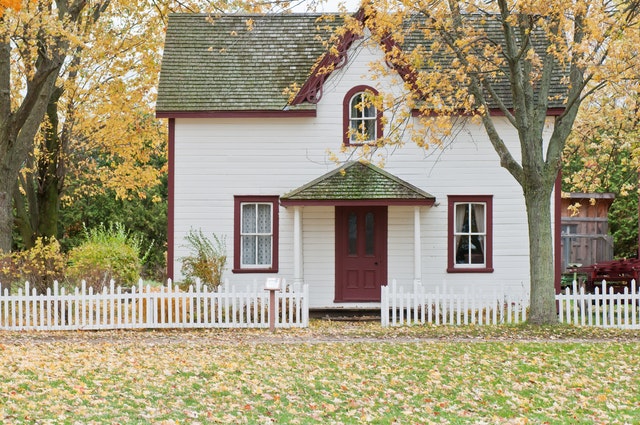People have been building wood fences for many years. Of course, things have changed a lot since the early days of wood fencing, but some remain the same. Wood fences are still beautiful, long-lasting, and effective at both providing privacy and protecting children and pets playing in the yard. Before tapping into the centuries-old tradition of wood fence building and western red cedar lumber, modern homeowners should read on to find out what they need to know about the process.
 |
| Building a New Wood Fence: What You Need to Know [image: pexels by scott webb] |
Not All Wood Fences Are Created Equal
There are a lot of different types of wood and just as many ways to construct a wooden fence. Some families prefer traditional picket fences, while others want tall, solid, privacy fencing. No matter what design a homeowner chooses, it's important to work with a reputable fence installation company like Illinois Fence that will only use high-quality materials.
Homeowners May Need Permits to Build New Fences
In most urban and suburban areas, homeowners need to take out permits before they build new fences. These fences must follow all of the applicable building codes, which often include height restrictions and setbacks from the property lines. Some municipalities also place restrictions on what types of materials homeowners can use to build their fences, but durable wood fencing almost always makes the cut.
Figuring out permits and adhering to local building codes can be a bit of a hassle, but it's a necessary one. If homeowners ignore the codes or fail to take out appropriate permits, they may wind up facing heavy fines or even have to remove their brand-new fences.
It's Important to Call 811 Before Digging
Homeowners who plan to install their own fences need to call an 811 call center before digging their first post holes. The purpose of the 811 call center is to give homeowners information about underground utility lines. Failing to call in before digging can lead to some catastrophic results, especially if well-meaning DIYers hit gas or power lines, so never skip this step.
There's a Right Way and a Wrong Way to Face the Fence
Most wood fences have a finished side and an unfinished side. As a general rule of thumb, it's much more courteous to face the finished side out, where the neighbors can see it, instead of in, towards the yard. Homeowners who are concerned about how the unfinished fence will affect the appearance of their yards may want to look into designs that feature two finished sides.
The Posts Need to Be Spaced Properly
When building a wood fence, the posts should almost always be set eight feet apart. An eight-foot length between post holes will accommodate just about any fence design and will provide enough stability to prevent sagging and reduce the chances of weather damage. Since dimensional lumber usually comes in eight-foot lengths, this spacing also results in less material waste.
It's Always Better to Hire a Pro
Some homeowners with a handyman streak like to assume that building a fence should be easy but, in fact, it requires a unique set of tools, equipment, knowledge, and expertise. Getting just one structural element wrong during the installation process can cause the whole fence to come tumbling down during a serious wind storm, and amateur fence builders almost never achieve the same beautiful results as their professional counterparts. Treat the fence like the investment that it is and hire a team of professional contractors to help.

No comments:
Post a Comment
Please Leave a Comment to show some Love ~ Thanks